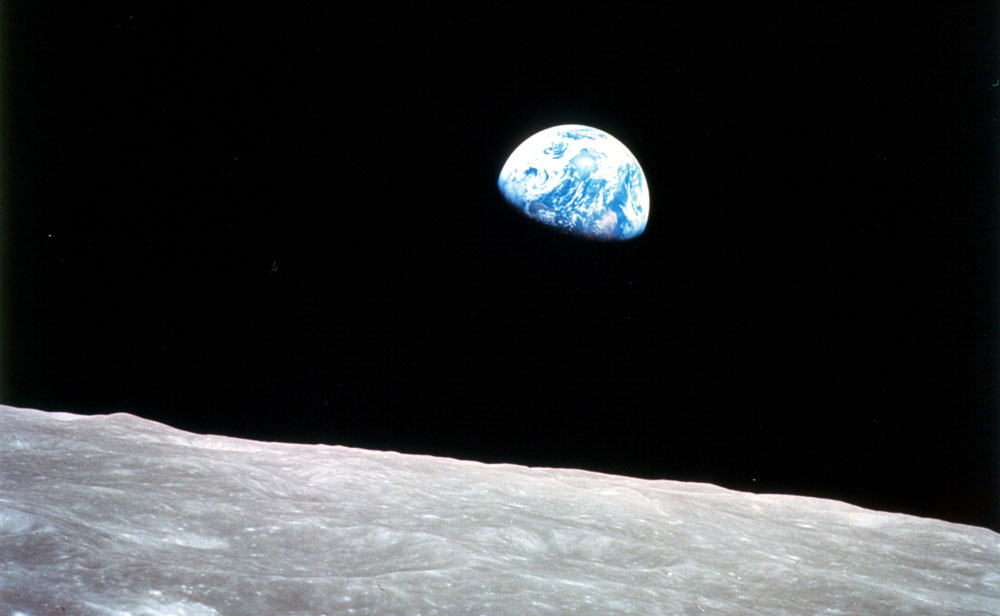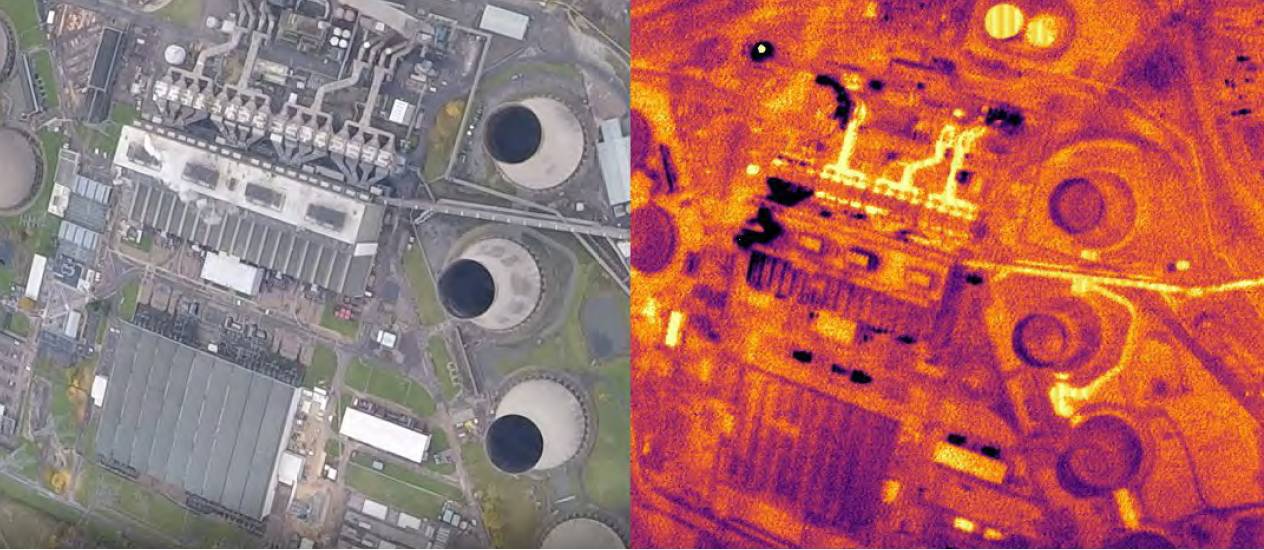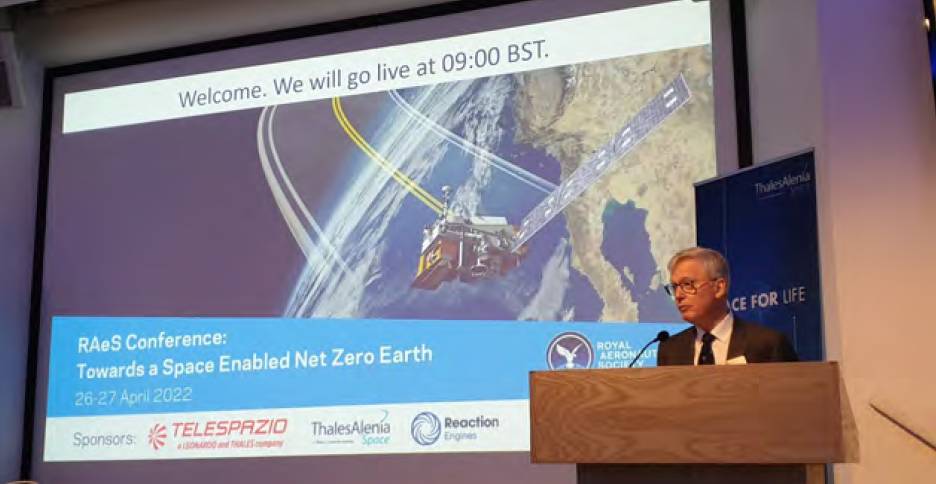SPACEFLIGHT Space Net Zero conference report
Tackling net zero from space
The space sector is set to play a major role in the world’s net zero ambitions, not only in satellites measuring climate change and holding polluters to account but, even in potentially supplying zero-carbon energy from space. TIM ROBINSON FRAeS, reports from the RAeS Towards a Space-enabled Net Zero Earth conference, held in April.
 NASA
NASA
We are currently at a tipping point with regards to space and climate change’. That was the stark message that opened the RAeS Towards a Space-enabled Net Zero Earth hybrid conference, held on 26/27 April in London with a wide range of speakers from the space industry, NGOs, start-ups and academia. Indeed, as Andrew Stanniland, CEO, Thales Alenia Space UK, noted in his welcome, climate change is the “one common topic” that unites the diverse global space industry, from launch providers to data scientists.
However, despite this consensus, there is no time to lose, according to Professor Mark Maslin, University College London in his opening keynote speech, who pointed out that the world needs to reduce emissions by 45% within ten years to meet the goals set out from last year’s COP26 climate summit. For those who remain unconvinced, Maslin said that ‘doing nothing’ about climate change could cost 20% of the world’s GDP by 2050, compared with spending 1% of GDP now to prevent it.
 Above right: SatelliteVu’s thermal space imagery can monitor the energy output of individual buildings.
Above right: SatelliteVu’s thermal space imagery can monitor the energy output of individual buildings.
Key to measuring the speed of global climate change, and assessing progress in slowing the rise in global temperatures are Earth observation (EO) satellites which are now opening up new horizons in the fidelity, precision and sheer scope of climate data recorded. Professor John Remedios, Director, National Centre for Earth Observation, told the conference that today “is the dawning of the space age for climate data”. He said that it was a massive change from even only 10-15 years ago when satellite EO data was seen as a ‘potential’ advance.
This view was echoed by Dr Anna Hogg, Associate Professor, University of Leeds and Chair of the Earth Observation Working Group, Space Academic Network, who said that satellite EO had “‘revolutionised our understanding” of the polar regions with ESA’s Sentinel-1 SAR satellite, launched in 2014 collecting the same amount of ice data in Antarctica across 14 months that previous sats in the 1990s took a whole decade to acquire.
Rajeev Suri
CEO, Inmarsat
However, as well as large governmental and national EO satellites, such as ESA’s BIOMASS, Copernicus and the like, the conference heard how this effort is now being joined by commercial EO satellites and space companies with a large number of smaller and cheaper satellites set to be launched.
Stephen Ward, from Australia’s Symbios, told delegates there is an “absolute revolution” in EO satellites, with more that 50 companies announcing plans for over 1,800 EO sats – the vast majority being under 50kg. Meanwhile, satellite operator, Planet, with its constellation of mini-sats, has already opened up access to its 5m resolution imagery dataset of forests to NGO and climate researchers.
The increased capabilities of these new EO satellites that are now coming into service mean that it is not just possible to detect large climate and weather trends, such as ice coverage in the polar regions for space, but also now to drill down to monitor the heat output of individual buildings or monitor methane leaks. This is extremely valuable not only in highlighting ‘greenwashing’ by companies paying lip service to climate action pledges, but also in assisting those industries that truly want to go green, cut their energy use and save money.
George Freeman MP
Minister for Science, Research and Innovation
Two examples were highlighted at the conference – GHGSat and SatelliteVu. GHGSat now has three satellites in space, monitoring methane emissions from industrial facilities and landfill. Meanwhile SatelliteVu, which is set to launch its first IR imagery satellite next year in a SpaceX rocket, is set to offer 3.5m resolution thermal imagery to detect energy efficiencies of individual buildings and factories. Anthony Baker, Founder & CEO, SatelliteVu, told the conference that there was increasing interest from the finance sector in this high-resolution thermal imaging capability.

